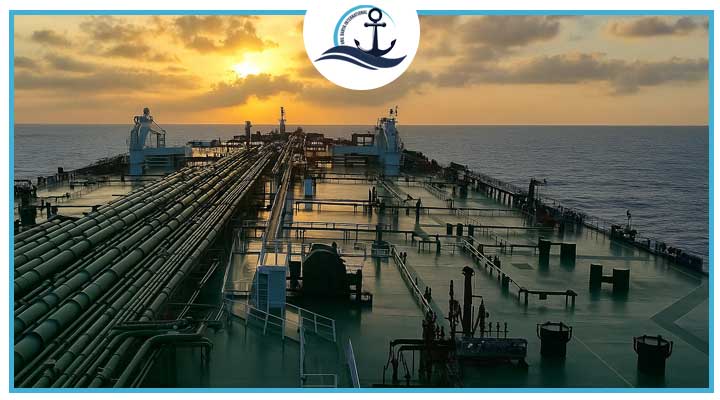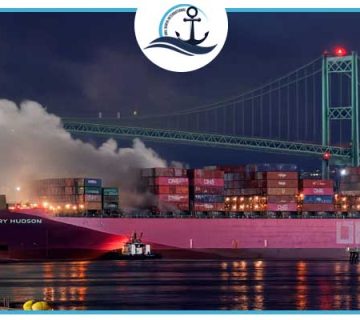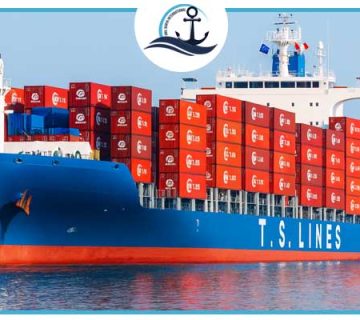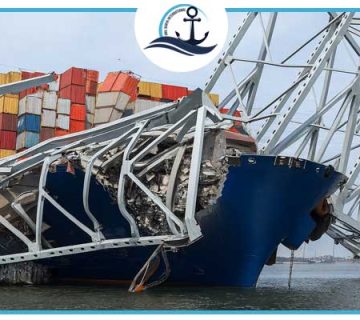|
Getting your Trinity Audio player ready...
|
Surging VLCC rates propel ClarkSea Index to two-year high
The ClarkSea Index, a cross-sector benchmark compiled by Clarksons Research that measures average earnings across tankers, bulk carriers, containerships, and gas carriers, has climbed to its highest level in two years, reaching USD 29,888 per day as of last Friday. This figure stands 50% above the 10-year trend, underscoring the strength of several key shipping markets despite a slowing global trade outlook.
VLCC Tanker Rates Break USD 100,000/Day
Driving the latest surge were very large crude carrier (VLCC) rates, which leapt sharply last week. Several fixtures reportedly broke through the USD 100,000 per day barrier—a milestone not witnessed since the onset of Russia’s full-scale invasion of Ukraine in early 2022. The spike highlights robust tanker demand and the ongoing impact of geopolitical shifts and energy market volatility on global sea freight.
Dry Bulk Gains Add Upward Momentum
Similar to the tanker market, the dry bulk sector also contributed to the ClarkSea Index rise. It was the largest bulk carrier size, the capesize segment, that drove the gains. Capesize earnings posted a 10% week-on-week increase, climbing to USD 28,497 per day, the highest level recorded since May 2024.
Container Freight Rates Slide
While tankers and bulk carriers strengthened, the container shipping market moved in the opposite direction. The Shanghai Containerized Freight Index (SCFI) dropped 14% last week, sinking to its lowest level since December 2023. This decline reflects softening demand and rate pressure on key east-west trade lanes, weighing on overall container profitability.
Gas Shipping Sees Mixed Trends
The gas shipping sector presented a mixed picture. LNG (liquefied natural gas) carrier rates remain soft, signaling weaker near-term earnings potential. In contrast, LPG (liquefied petroleum gas) markets remain solid. Average VLGC (very large gas carrier) spot earnings on the key Houston–Chiba route rose 6% week-on-week to USD 77,108 per day, demonstrating resilience in LPG trade flows.
Outlook for Seaborne Trade in 2025
Looking ahead, Clarksons Research forecasts that overall seaborne trade growth will slow to just 0.5% in 2025, reaching 12.8 billion tonnes. However, tonne-mile demand—a critical measure of shipping activity—remains somewhat more positive, expected to outperform at 1.0%.
In its latest weekly report, the broker advised that shipping players must navigate an increasingly complex environment shaped by geopolitics, disruption events, tariffs, sanctions, energy transition, and energy security concerns. These factors will be key in weighing future opportunities and risks across the tanker, dry bulk, container, and gas carrier markets.




